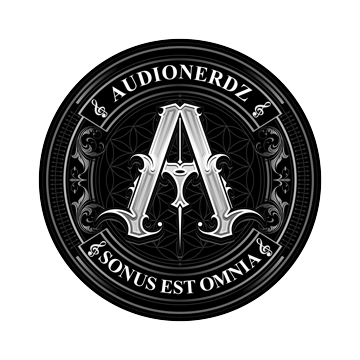MixFlow by Audionerdz (Free Version)
The Essential Dashboard for Mixing EngineersIn modern audio production, your most valuable asset isn’t your gear—it’s your focus. Every moment you spend leaving your DAW to search for a BPM calculator, look up a frequency chart, or do mental math is a moment you’re pulled out of the creative flow state. This constant context-switching is a workflow killer.
MixFlow
The Mixing Engineer's Utility Dashboard
BPM-Synced Delay & Reverb Calculator
Frequency & Harmonic Tools
Frequency-to-Note
Harmonic Analyzer
Session Notes
How to Use MixFlow: A Producer’s Guide
Each tool in MixFlow is designed for speed and accuracy. Here’s a breakdown of how to integrate them into your mixing workflow.
1. BPM-Synced Delay & Reverb Calculator
What it is: This is your cheat sheet for perfectly timed delays and reverb pre-delays. It eliminates the need to ever calculate these values by hand again.
How to use it:
- Simply enter your project’s tempo into the Project BPM box.
- The grid instantly updates to show the precise millisecond (ms) values for all standard note divisions.
- Use these values in your delay plugins, or for the “Pre-Delay” setting on your reverb plugins, to ensure your effects are perfectly in sync with your track’s rhythm.
2. Frequency & Harmonic Tools
This section helps you turn cryptic frequency numbers from your EQ or spectrum analyzer into actionable, musical information.
Frequency-to-Note Converter
What it is: It instantly tells you the closest musical note to any frequency.
How to use it: If you find a problematic ringing frequency in your EQ (e.g., at 246Hz), type “246” into the Enter Frequency (Hz) box. The tool will show you the closest note (B3), allowing you to make more musical EQ decisions, like notching out a frequency that clashes with the key of your song.
Harmonic Analyzer
What it is: It shows you the frequency of the key harmonics above a fundamental note. This is the secret to adding richness and “glue” with saturation or distortion.
How to use it: Enter the fundamental frequency of your bass or kick drum (e.g., 65Hz for a C2 note) into the Fundamental Freq (Hz) box. The tool will list the frequencies of the 2nd, 3rd, and 4th harmonics. Now you know the exact “sweet spots” to boost with a saturation plugin to make your bass audible on smaller speakers.
3. Session Notes & Exporter
What it is: A dedicated space to keep all your critical data for the current project in one place.
How to use it:
- Throughout your session, copy and paste important values from the calculators above.
- Add your own mixing notes, like “Cut 250Hz on guitars” or “Reverb Send: Valhalla Vintage Verb.”
- When you’re done, click the Export as .txt File button. A text file named with your project’s BPM will be downloaded.
- Save this file in your DAW project folder. Now you have a permanent record of your settings, ensuring you can recall your mix perfectly weeks or even years later.
